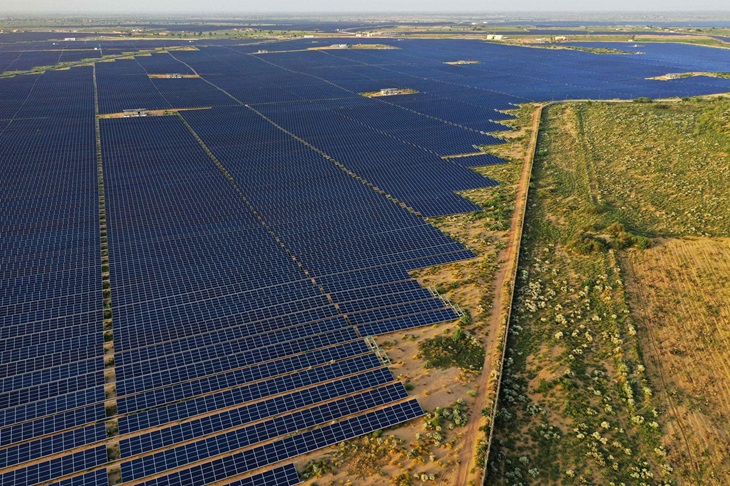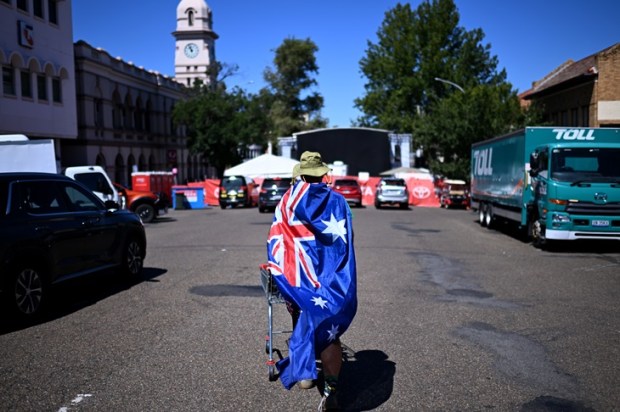Perhaps the biggest mistruth about renewable energy infrastructure is that it can coexist with productive farming practices, such as grazing and cropping.
With recent research by the Institute of Public Affairs estimating that up to one-third of Australia’s prime agricultural farmland could be destroyed by the industrial-scale solar panels and wind turbines needed to meet irresponsible Net Zero mandates, establishing the facts around the ability to farm on land carpeted with renewables projects has never been more important.
Already a subscriber? Log in
Subscribe for just $2 a week
Try a month of The Spectator Australia absolutely free and without commitment. Not only that but – if you choose to continue – you’ll pay just $2 a week for your first year.
- Unlimited access to spectator.com.au and app
- The weekly edition on the Spectator Australia app
- Spectator podcasts and newsletters
- Full access to spectator.co.uk


























Comments
Don't miss out
Join the conversation with other Spectator Australia readers. Subscribe to leave a comment.
SUBSCRIBEAlready a subscriber? Log in